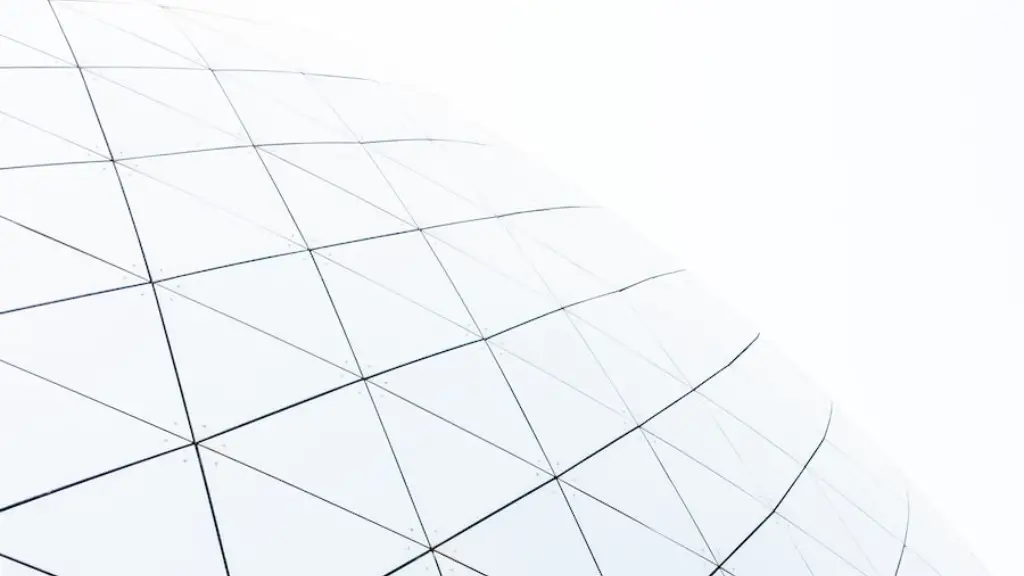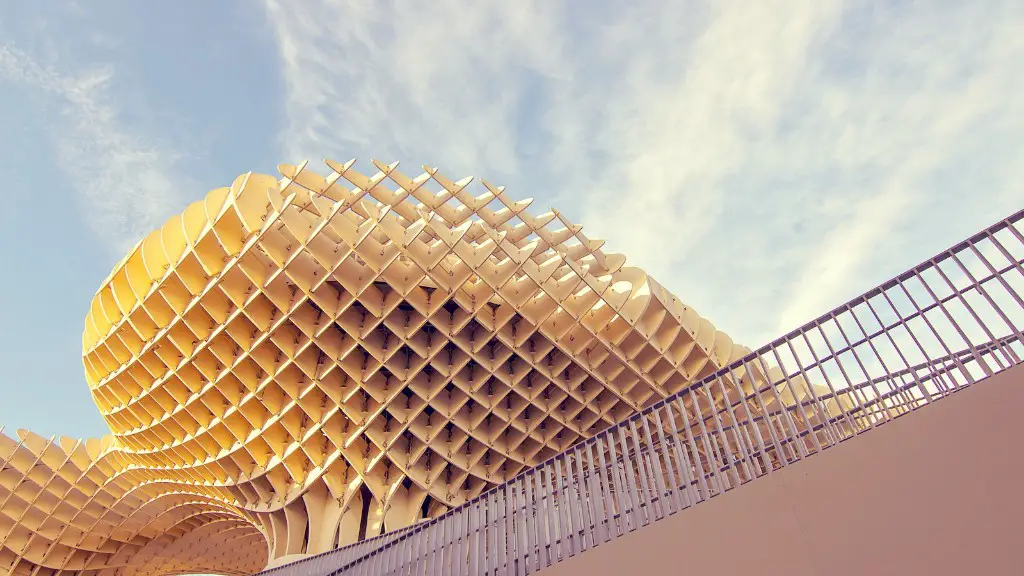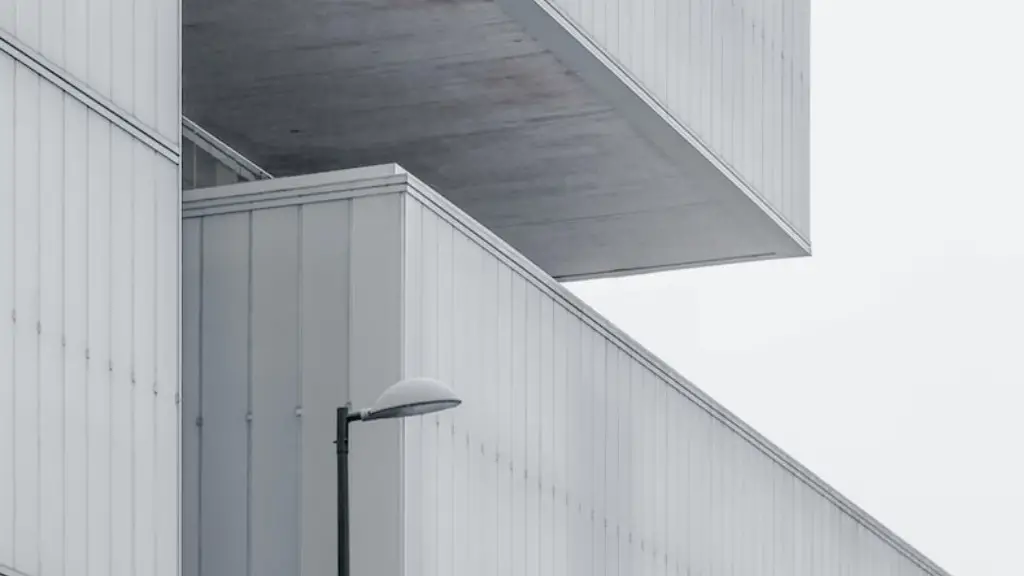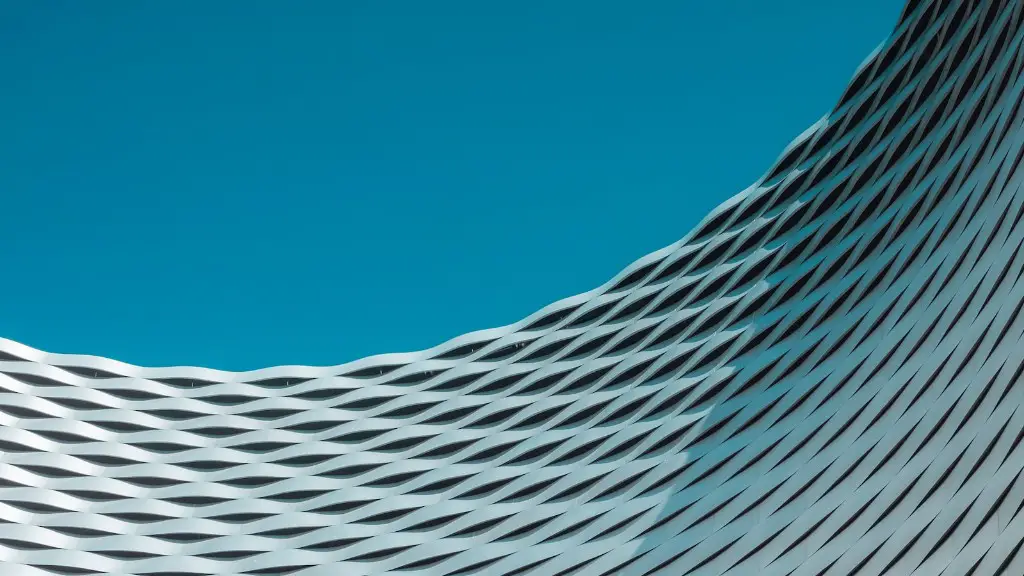When you hear Barcelona, you automatically think of the famous architect and artist, Antoni Gaudí. His unique style and contributions to the city of Barcelona and beyond have made him a renowned figure in architecture and art. Although Gaudi’s achievements are widely known, the reality is his most famous works are difficult to experience in person and can feel like a challenge to find because of their scattered locations in and around Barcelona. But do not despair, these locations each offer a glimpse into Gaudi’s modernist designs that remain timeless today.
One of the most iconic designs of Gaudi is the Sagrada Familia. It is an unfinished Roman Catholic Church that is a prime example of Gaudi’s personal style, blending together trends from Gothic and Art Nouveau architecture. It is renowned for its beautiful stained-glass windows and stunning stone façade. The Basilica is open year-round with additional evening and night tours available, making it a popular must-see attraction in Barcelona.
The Casa Batlo is another landmark of Gaudi’s architecture in Barcelona. This modernist apartment building is a unique blend of curves and unconventional materials, including broken ceramics. It is an example of Gaudi’s pioneer design thinking and remains a main contributor to Barcelona’s skyline today. The Casa Batlo offers guided tours that enable visitors to really appreciate Gaudi’s unusual design style and its beauty.
In addition, a number of Gaudi’s lesser known works can be found in the modernist enclaves of Barcelona. For those looking for a deeper dive, the Park Guell is a real treat. This municipal garden was designed by Gaudi and showcases his landscape design skills, as well as his innovative architectural techniques. The Park Guell is also home to a number of Gaudi’s mosaics that adorn the walls and floors of this park’s structures.
The Palau Guell is another example of Gaudi’s works, showcasing his innovative construction and style. The palace stands as a reminder of Gaudi’s influence on the city of Barcelona and was one of the first modernist buildings in the city at the time of its construction. Palau Guell is now open to visitors, offering an insight into what life was like in 19th century Barcelona.
Finally, while traveling in Barcelona, be sure to check out the Torre Bellesguard, also known as Casa Figueras. This stone castle was built by Gaudi and is an example of his ability to combine modern and traditional design styles. The castle is small and quite hidden, which makes it one of Gaudi’s most intimate works.
Gaudi’s Urban Projects
Gaudi’s contributions to the city of Barcelona are not limited to merely constructing buildings- he also made major urban developments. He designed public parks and public spaces in an effort to improve the city’s urban infrastructure. His projects included the Passeig de Gracia and public squares like the Rambla de Catalunya and Placa de Catalunya.
The Passeig de Gracia is a large tree-lined boulevard that connects the city centre of Barcelona with the residential area of Gracia. This pedestrian boulevard was designed to bring together the people of Barcelona by allowing them to walk, shop, and socialize in a common area. Gaudi’s contributions to the Passeig de Gracia included colorful tile mosaics, the famous street lamps and gardens.
Two of Gaudi’s public squares demonstrate his skill and creativity as a landscape architect. The Rambla de Catalunya is a winding, terraced garden lined with pavement and trees. This garden features a central water fountain, as well as benches and seating areas. The Placa de Catalunya, on the other hand, is a public square that pays homage to the history of Catalonia and is adorned with floral decorations. He designed this square with the intent of providing a place for the citizens of Barcelona to come together for entertainment, relaxation and conversation.
Gaudi’s Mosaics
Gaudi’s works are most notable for their use of mosaic tiles and detailed imagery. The tiles were used to adorn almost every one of his creations, from buildings to parks to even interior rooms. The vibrant colors of the tiles and their intricate placement add texture, dimension and a unique flair to the structures.
Some of the most famous examples of Gaudi’s mosaics are seen in the Casa Mila and the Park Guell. The Casa Mila uses multifaceted tiles to adorn the roof and interior walls, casting a warm light into the building. In the Park Guell, Gaudi’s mosaics were used to decorate the entrance staircases and surrounding walls. The vibrant mosaic dragon at the entrance is a beloved symbol that has come to represent Gaudi’s architectural style.
Gaudi’s Influence on Modern Architecture
Gaudi’s unique and innovative designs have had a lasting influence on modern architecture. His combination of curved, organic lines, colorful textures, and innovative materials have inspired architects around the world to push traditional boundaries. Many of his projects have become global icons and often act as a reference for contemporary designs.
Gaudi’s influence can be seen in the works of contemporary architects, such as Frank Gehry’s Guggenheim Museum in Bilbao and Zaha Hadid’sHeydar Aliyev Center in Azerbaijan. These buildings echo elements of Gaudi’s constructions, from the fluid, curved lines to the imaginative use of materials. Gaudi’s works have also served as an inspiration for landscaping and urban design projects, highlighting his commitment to the restoration of city landscapes.
Gaudi’s works continue to inspire and captivate audiences around the world. His timeless designs and modernistic visions leave an undoubtable imprint on the history of Barcelona and beyond.
Gaudi and the Fight for Barcelona’s Future
Gaudi spent his lifetime advocating for the preservation of Barcelona’s built environment. He was a strong believer in the importance of preserving the iconic Catalan culture and used his skills as an architect and urban planner to achieve this. He often found himself in opposition to the military rulers of his time and advocated for humane solutions to urban issues.
In 1880, Gaudi created the Park Guell to rehabilitate a space near Barcelona’s city centre that was facing difficulties caused by overcrowding and poverty. Later, he proposed the demolition of Barri Gotic, the historic Catalan district in Barcelona. His idea was to replace its narrow streets with larger, airier roads that would reduce pollution and improve living conditions.
Although Gaudi’s efforts were not accepted during his lifetime, his works and ideas remain today. His works are a reminder that protecting cultural heritage and providing quality housing for citizens can be achieved through creative architecture and landscape design.
Conclusion
The beauty of Gaudi’s architecture is something that needs to be experienced to be truly appreciated. Barcelona is home to some of Gaudi’s most famous works, including the iconic Sagrada Familia, the Casa Batlo and Park Guell. While in Barcelona, be sure to check out some of the lesser-known works by Gaudi, such as the Palau Guell and Casa Mila. You can also explore Gaudi’s urban projects or the mosaic tile works he designed.
Gaudi’s works are a reflection of his commitment to preserve the traditional Catalan culture and to create a better living environment for citizens of Barcelona. To this day, his works remain a reference for contemporary architects and urban planners.




